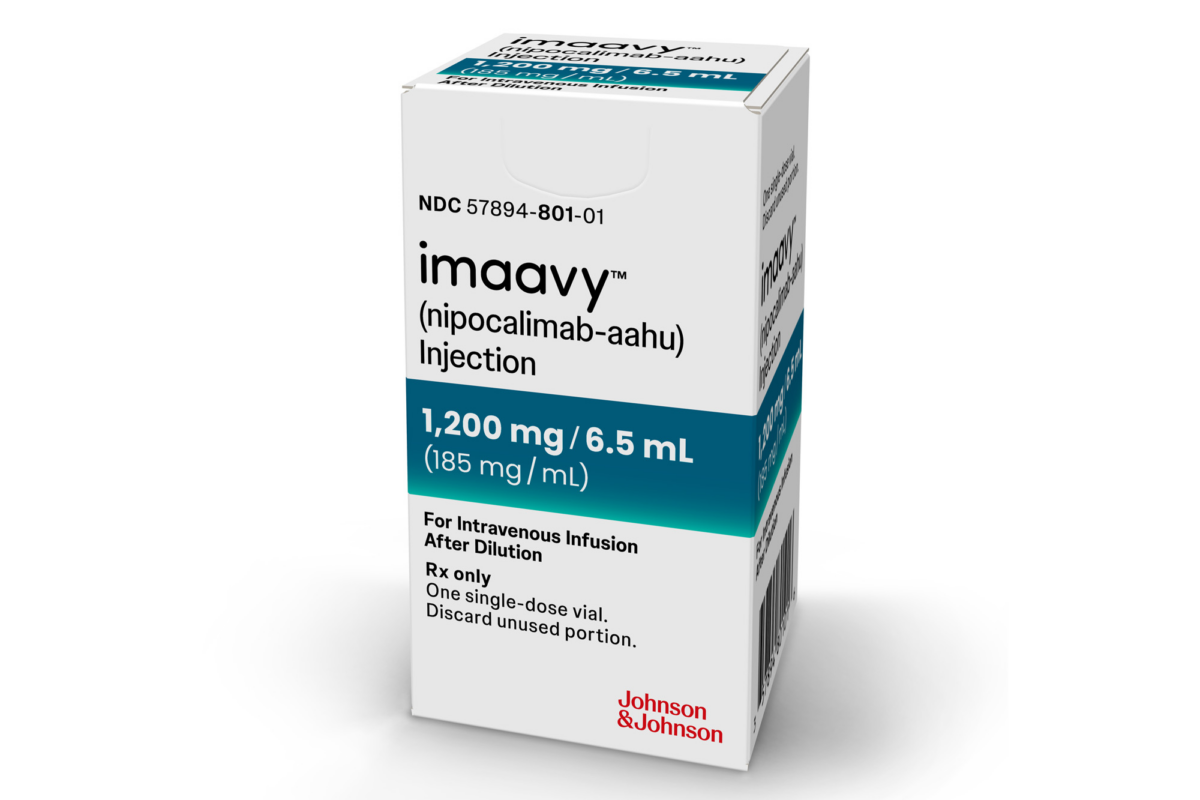Researchers in Germany have identified a specialized scent receptor in the pigment-producing cells of the skin, known as melanocytes. The receptor – which is activated by the olfactory molecule beta-ionone – could be play a role in the development of skin cancer.
Using human melanocyte cell cultures, the researchers identified an olfactory receptor known as 51E2. The melanocytes are responsible for producing melanin, a pigment that is released in response to sun exposure and other environmental skin stressors. If melanocytes begin to exhibit signs of unregulated growth however, the excess pigmentation could trigger the development of skin cancer.
In their article, the researchers from Ruhr-Universität Bochum in Germany present the details of the 51E2 olfactory receptor. If the correct odorant binds to the melanocyte’s receptor, a signaling cascade is triggered which increases the cellular concentration of calcium ions.
These calcium ions continue the signaling pathway, at the end of which phosphate groups are transferred to proteins known as MAP-kinases. By regulating enzyme activity, this receptor reaction modulates cell growth and production of melanin.
According to the researchers, the pathway shares similarities to that which occurs when a scent molecular binds to an olfactory receptor in the human nose. The results of this research were published in the Journal of Biological Chemistry.
“The receptor and its activating odor molecule might constitute a new starting point for a melanoma therapy,” said Dr. Hanns Hatt of Bochum’s Department for Cell Physiology. While cancerous melanocytes put much of their energy into rapid proliferation, they often stop performing their normal functions which can be influenced by the beta-ionone odorant receptor.
Hatt and his colleagues are currently studying the role of this receptor in melanoma cells collected from patient biopsies. “With its help, we might be able to treat pigmentation disorders of the skin, and they might also be used in tanning products,” said Hatt.












Join or login to leave a comment
JOIN LOGIN